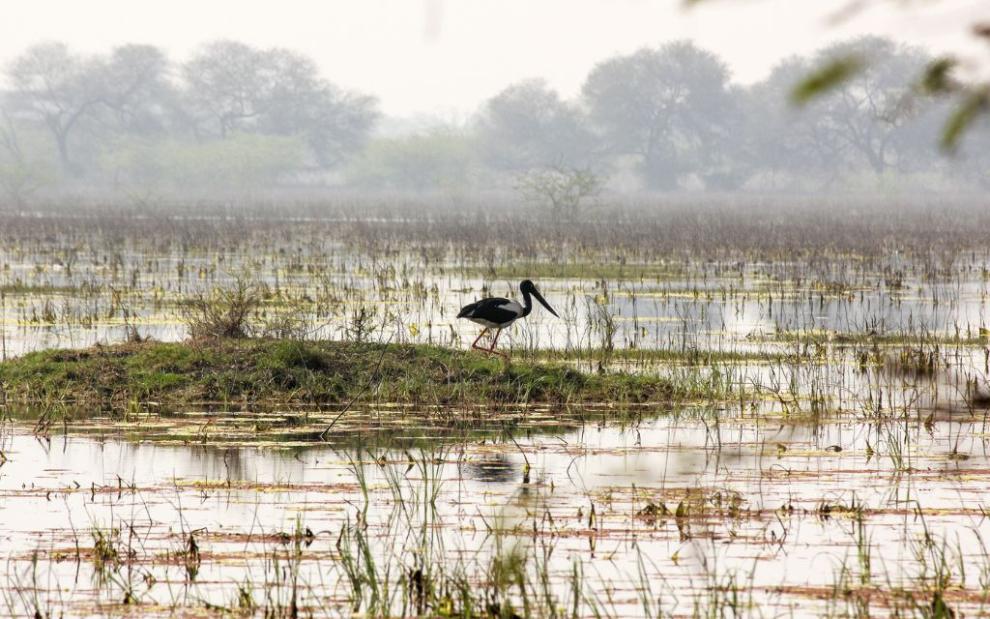Wetlands are among the most vital ecosystems on Earth, serving as biodiversity havens, natural flood barriers, and powerful carbon sinks that help mitigate climate change. Yet across Europe, these crucial landscapes are degraded and shrinking. The time for talk has passed. The time for action is now.

The EU has promoted the Nature Restoration Law, a legally bind compromise for all EU Member States to take action in restoring abandoned lands. But what does it take to achieve those targets? Are they feasible?
A new policy brief by IUCN NL dives deep into these and more questions.
The EU’s ambitious restoration targets set in the NRL
The European Union’s Nature Restoration Regulation (NRR) sets legally binding goals for wetland restoration:
- 30% of drained peatlands restored by 2030 (25% rewetted)
- 40% by 2040 (33% rewetted)
- 50% by 2050 (33% rewetted)
These targets offer political momentum, but they are also pressing deadlines. Every delay risks irreversible ecological loss and missed climate opportunities.
Knowledge gaps in wetlands restoration shouldn’t stall action
Despite broad support, restoration is often hindered by perceived “knowledge gaps". Concerns range from unclear definitions of wetlands and fragmented data on carbon emissions to a lack of harmonized monitoring tools. But waiting for perfect data should not be an excuse for inaction.
In fact, restoration and knowledge generation can, and must, go hand in hand.
Success stories: restoration despite uncertainty
- Venice Lagoon, Italy: Strong political will, interdisciplinary collaboration, and ecological urgency overcame limited data. Wetlands were restored to combat coastal erosion, and harmful algal blooms were mitigated through joint research and practical interventions.
- Somerset Levels and Moors, UK: An adaptive restoration approach brought together farmers, conservationists, and researchers. By testing flood control, rewetting, and biodiversity measures, the project showed how to co-develop solutions that serve both people and nature.
- Paul da Goucha, Portugal: Restoration started on a degraded site even before comprehensive data was available. Over two decades, local support, policy buy-in, and evolving insights turned a polluted landscape into a thriving nature reserve. Watch the video on the wetland here.
Evolving with emerging knowledge
Restoration must be a process, not a one-off intervention. Embedding feedback loops, monitoring systems, and stakeholder collaboration allows projects to evolve with science. Tools like the European Wetland Map, Wetset platform, and multi-stakeholder platform help bridge knowledge gaps and scale good practices.
Recommendations for advancing the nature restoration
To accelerate wetland restoration while addressing data shortfalls:
- Advance restoration through adaptive policymaking. Begin restoration using the best available information, with mechanisms to adapt as knowledge improves.
- Invest in deliberate knowledge-building. Support cross-border data platforms, define wetlands clearly, fund monitoring, and train wetland experts.
A Call to Action
The environmental, social, and climate benefits of wetland restoration are clear, and the costs of delay are high. Rewetting is a no-regret solution. The EU NRR provides a robust framework; now we need the political courage and societal resolve to implement it.
Let’s move from a mindset of “we don’t know enough to act” to “we know enough to begin”. Knowledge gaps exist, but they must not paralyze us. Restoration can’t wait.